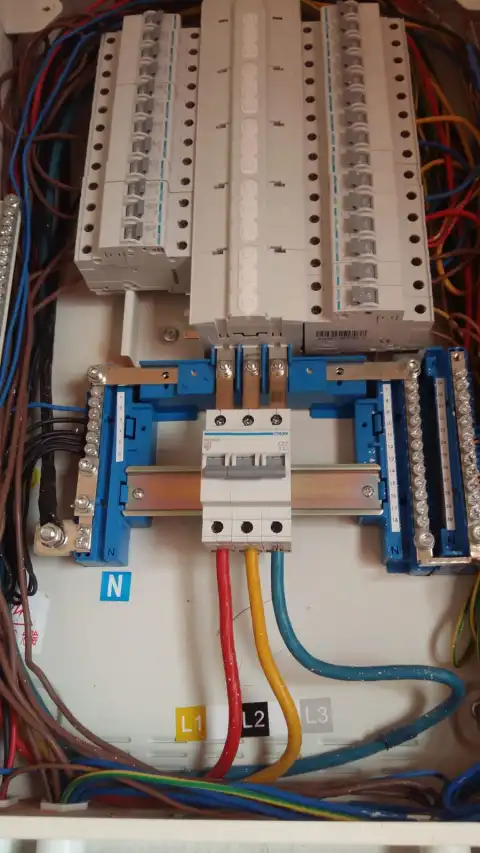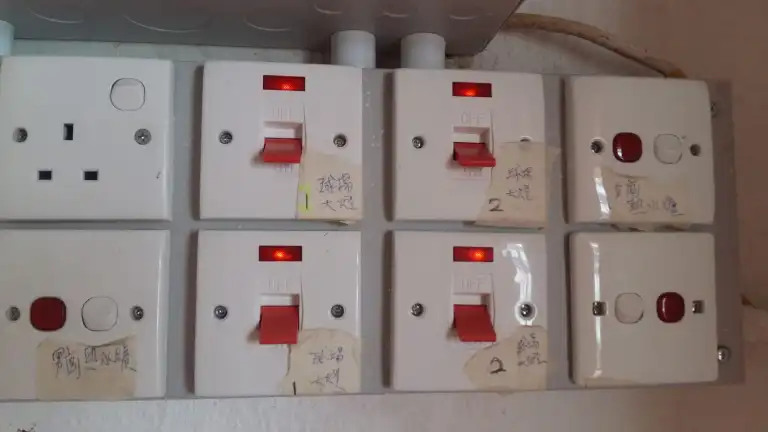水電工程師傅
Hello! 水電工程服務:


香港尋找可靠的電工師傅對很多人是一個挑戰,特別是當大家有逼切的電力問題需要解決。大家或曾透過網上搜索或街招尋找提供水電維修服務的電工師傅介紹,但往往這些水電工程師傅或者公司的服務差強人意。胡亂報價、不合理工程費用、粗劣手工等都是常見的現象。
Hello!令尋找專業、可靠、價錢合理的香港電工師傅變得一站式方便快捷。只需3分鐘註冊帳號,然後選擇所需維修服務,下單後便會有專人聯絡你預約上門檢查維修。
Hello! 水電維修平台上的所有水電工程師傅都經過我們公司全面嚴謹的背景檢查,測試和評估。客人無需再擔心遇上無良師傅,有Hello! 一App在手,維修裝修從此變得簡單安心。
需要水電維修工程的情況:


電力工程
1. 電線的接頭外露
2. 電掣開關的時候出現火花
3. 插座/其他電線無法通電
4. 同一個空間內安裝的插頭不在同一水平面上,相差多於5cm
水務工程
1. 水龍頭開到最大的時候,水壓明顯不足,排水速度慢
2. 水龍頭和水管連接的位置滲水,或者出現堵塞的問題
3. 座廁廁所沖水之後,下水不流暢
4. 座廁廁所底部滲水
水電維修服務範圍:
洗手間和浴室
1. 水龍頭、花灑頭、洗手盤、坐廁廁所、浴缸等 —— 維修或更換
2. 通渠服務
廚房
水龍頭、鋅盤、濾水器等 —— 檢查、維修或更換
其他水電維修工程項目
來去水水喉和水管 —— 檢查、安裝接駁、重新改位、維修或更換
洗衣機,洗碗碟機 —— 來去水安裝及接駁
光管、LED燈、燈膽、吊燈 —— 安裝更換
燈掣、電掣開關 —— 新造、安裝更換、改位
Fuse 箱總電箱—— 維修、安裝更換、改位、重新拉線
有關水電維修工程 – 常見問題:
1. 如何選擇合適水電工程師傅?
在選擇香港電工師傅時,必須查看師傅的從業證件等證明文件,亦要結合師傅的資歷和過往工程來看師傅的水電維修經驗和手藝如何。
水電工程所涉及的問題可以十分複雜,大家若果對其認識較少,不妨尋求專業水電工程公司或裝修維修公司的幫助,確保工程質素被保障,杜絕無良師傅,更加不會存在安全問題。例如藏線的過程,專業的水電師傅會將電線藏在燈喉內,再用泥覆蓋燈喉。但有一些無良的師傅在執行水電工程時,為了省卻工序和減低維修報價成本,直接將電線藏在牆的內部(即「撻線」)。隨著時間流逝,牆身的泥會慢慢腐蝕電線的保護層,增加了短路和觸電的機會。
2. 電工師傅和水電師傅之間的區別?
「水」和「電」屬於兩種不同的工種,「電力工程」一般是指安裝、檢查、維修低壓或高壓固定電力裝置,安裝、保養、維修或拆除消防供水系統或內部供水系統都屬於「水務工程」。
水電師傅即是可以同時掌握電力工程和水務工程的技術。一個合資格的水電師傅,需要考取牌照成為「註冊電業工程人員」和「持牌水喉匠」才能進行「電力工程」和「水務工程」(合稱水電工程)。
而電工師傅則只需要香港註冊成為「註冊電業工程人員」,註冊證明共分為A、B、C、R、H五級。
每個電力工程等級都規定了電工師傅可執行的工程範圍和電力需求量,例如有資格從事A級電力工程的電工所進行的電力工程,是在低壓固定電力裝置中最高電力需求量不超過400安培,而可執行B級電力工程的電工,可以處理較高電力需求量的工程,但仍不可以超過2500安培,而C級電力工程的電工,則可處理任何電量的低壓固定電力裝置的電力工程。
所以,在尋找合適的師傅為你的安樂窩進行水電維修時,除了工程價錢的清晰報價,以及查看水電師傅的專業資格證明和經驗之外,還要分清電工師傅和水電師傅的差別,兩者可執行的工程範圍和工程規格都有所不同。
還在煩惱如何選擇合適的香港水電師傅進行水電維修嗎?Hello! 可以隨時為你尋找合適的師傅!讓你不再煩惱!

